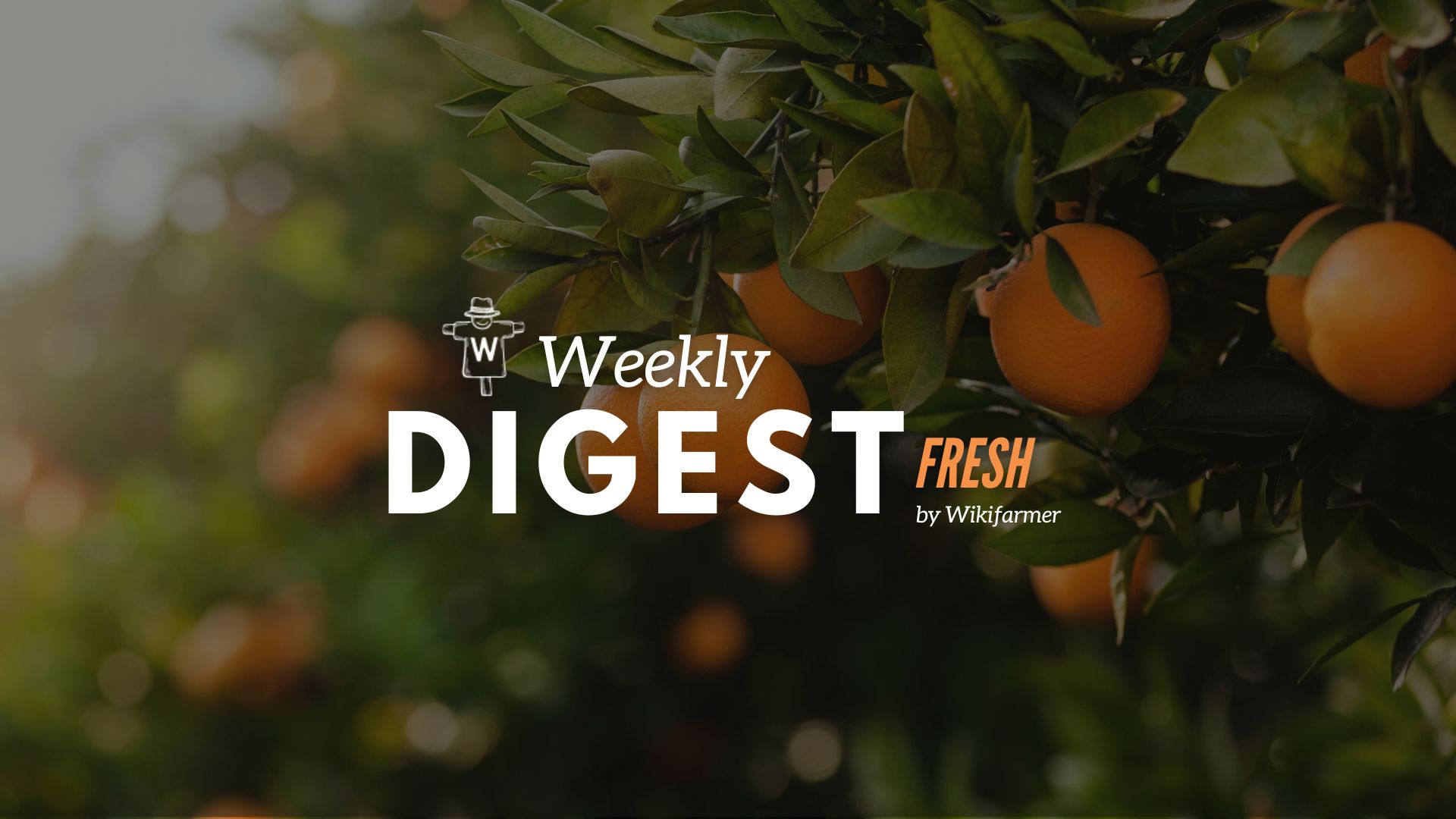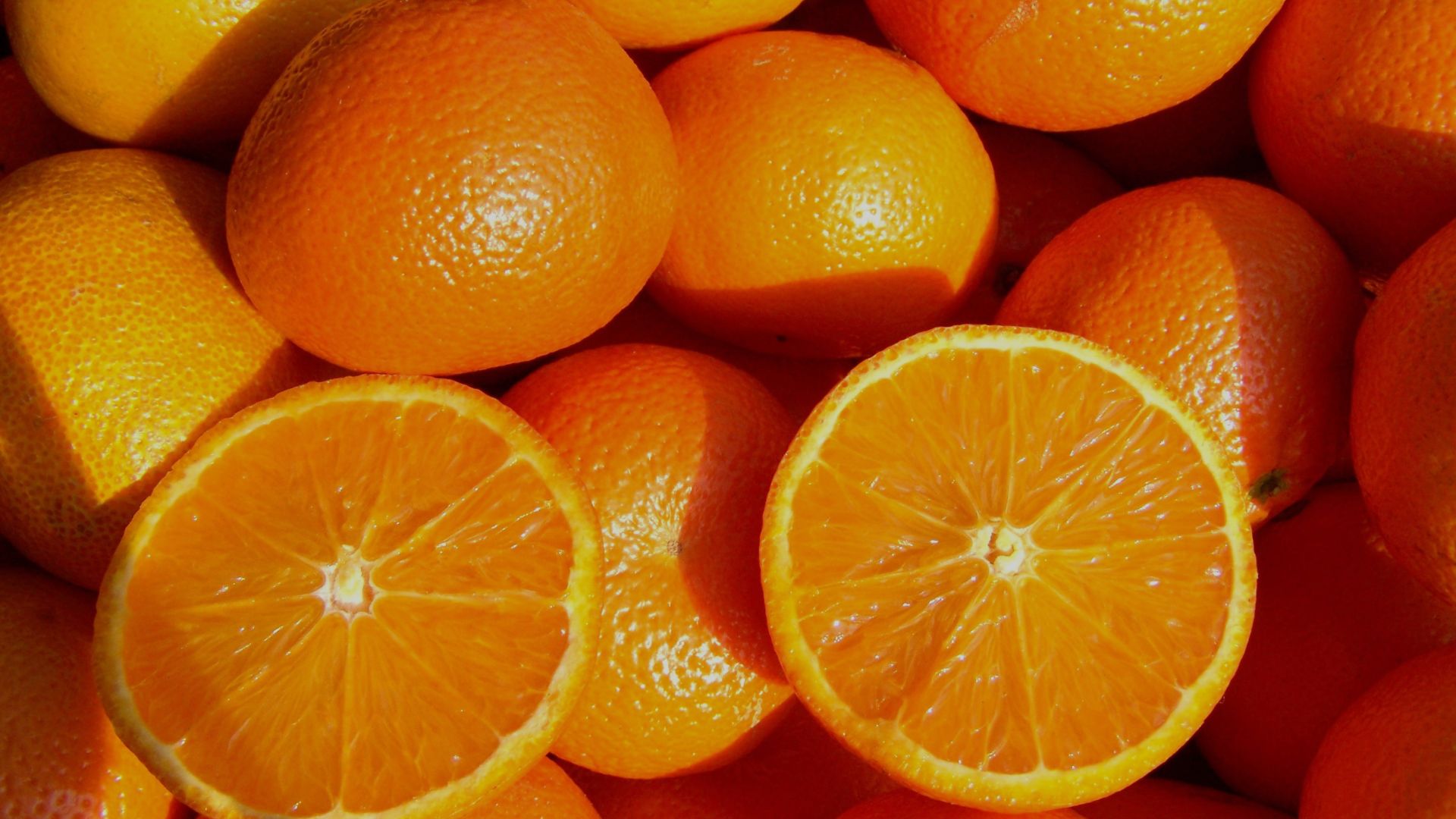Orange Market Digest w50

Weekly Orange Market Updates
Price Updates
The Directorate-General for Agriculture and Rural Development of the EU published today the new mean market prices shared by the Union's national agencies. These data show that the positive dynamic that exists in the orange market in the last weeks is resilient and there is nothing that makes us believe it will falter any time soon.
Since we are in the middle of the naval oranges harvest season, it is meaningful to share the mean market prices of them for the three main producing countries in the EU; Spain, Italy, and Greece:

We see that reported prices remain the same, but there do exist some regional variations and some important facts to point out.
Spain
In the orange grove-rich region of Castellón in Spain, Navel orange prices at origin are 80% higher than the average of the last five campaigns, thanks to the shortage of fruit and a growing demand in recent weeks, which has resulted to the overall positive price trend observed in the country.
Italy
Demand for clementines is continuously growing very strong, and the same is true for oranges as well, creating continuous positive pressure on prices.
Greece
Demand shows similar behavior as in Italy and Spain. The weather conditions domestically are generally helpful for the harvest of oranges, and this ensures the uninterrupted operation of the supply chain for the fruit, balancing off supply and demand. Regional fluctuations however do occur, due to unexpected temporary adverse weather phenomena, and that creates some regional differences in prices as well.
Demand and Supply in Germany and Beyond
-2.jpg?upscale=true&width=270&height=270&name=Untitled%20design%20(15)-2.jpg)
As the latest update from the Federal Ministry of Food and Agriculture of Germany informs us, the demand for citrus fruits in Germany is strong but their supply has not efficiently kept up yet, fuelling the growing trend in prices that already exists due to the expected shortages in significant producing countries like Brazil and Mexico.
Imports from Turkey and Morocco are estimated to help balance the supply shortfall up to a certain level, creating negative pressure that we cannot but wait and see how will unfold, together with the developments in B2B and consumer demand. Turkey in particular is going to play a significant role in mending supply gaps in Europe and worldwide, with the World Citrus Organization estimating that orange production levels there in the current season are going to be 45% higher than in the last season.
Calls for Rationality from Market Operators
Under these circumstances, it is important to stress something that many kiwifruit producers overlooked and ultimately proved detrimental to the value they could reap from the market: resisting the urge to promote unripe fruit just to use temporary price hikes. The reverse holds for B2B buyers (food production units and wholesalers), who should not be tempted to buy unripe produce because it is cost-efficient. This call we make due to many relevant complaints from market participants across Europe.
What we saw these practices lead in the kiwifruit sector was that B2B buyers had storages full of unripe products that they could not push further down in distribution chains or use in their production processes, as it would harm their products’ quality and, thus, their reputation in the market. That investment made at the beginning of the season made them unable and unwilling to continue buying at the same pace later, leading to a dormant market at the end, so that kiwis were selling for ridiculous prices, ultimately harming producers.
.png?width=450&height=87&name=New%20Logo%20(1).png)
